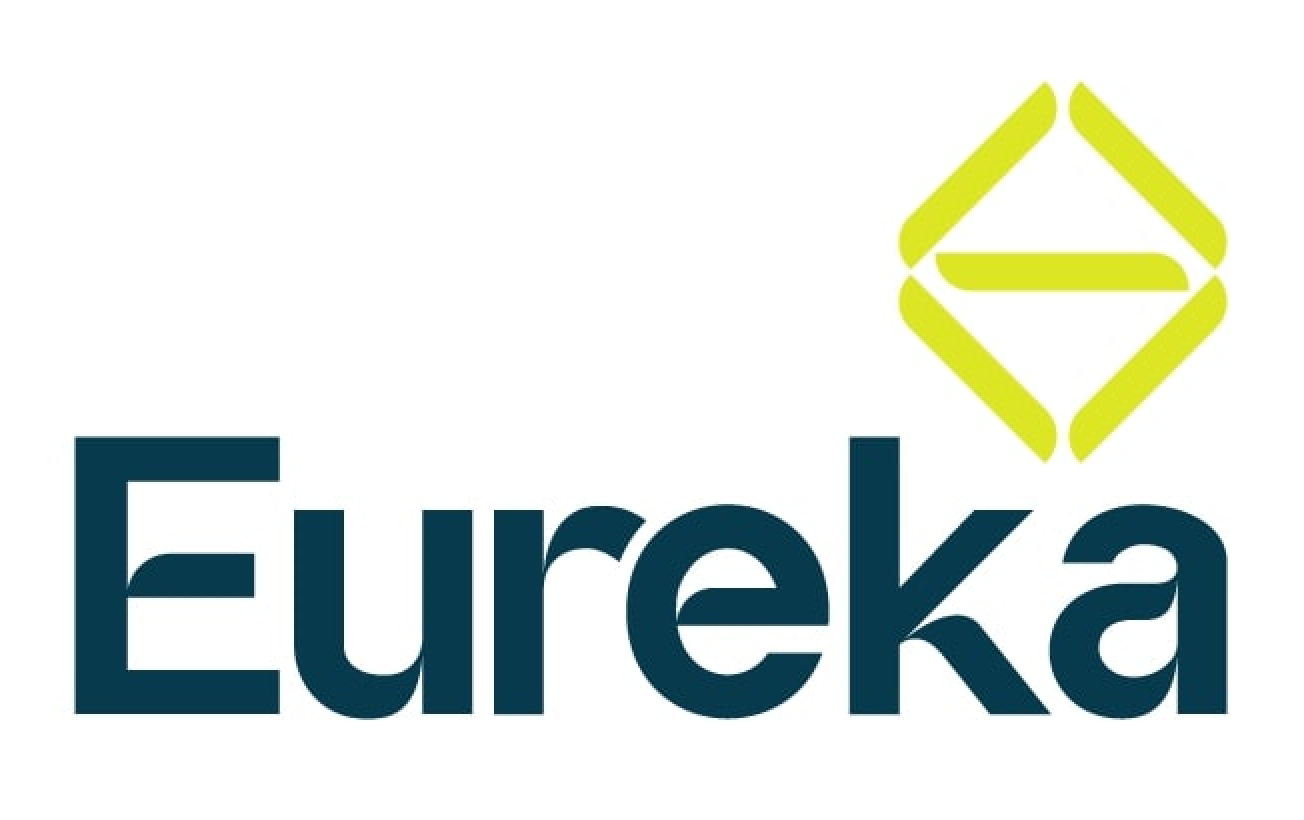What is STEM? A comprehensive guide to Science, Technology, Engineering, and Mathematics
STEM is an acronym that stands for Science, Technology, Engineering, and Mathematics. These four subjects are often grouped together because they share a common set of skills. It is an interdisciplinary approach to learning that helps students understand how these subjects relate to each other and to the real world. STEM is more than just a buzzword – it is a vital part of our society, shaping our economy, and our future.
STEM encompasses a wide variety of roles, including scientists, engineers, mathematicians, software developers, and data analysts. These roles require strong analytical skills, critical thinking abilities, and a passion for problem-solving. They involve using technology to create innovative solutions, developing new products and services that improve daily life, and using data to make evidence-based decisions.
The industries that fall under the category of STEM are vast and diverse. They include healthcare, manufacturing, information technology, education, and many others. In recent years, STEM has become increasingly important in the fight against climate change, with the need for sustainable energy and environmentally friendly technology solutions becoming more pressing. This has led to the emergence of new industries such as renewable energy and green tech.
STEM offers a wide range of career opportunities for graduates. In fact, STEM jobs are some of the most in-demand jobs in the world. According to the U.S. Bureau of Labor Statistics, STEM occupations are projected to grow by 8.8% between 2020 and 2030, with an estimated 9 million new jobs expected to be created. Some of the highest-paid STEM jobs include data scientists, software engineers, and biomedical engineers.
Despite the high demand for STEM professionals, there is still a significant gender and diversity gap in the industry. Women and underrepresented minorities are underrepresented in STEM, with only a small percentage of graduates belonging to these groups. The good news is that many organizations and institutions are working hard to address this issue. Programs such as Girls Who Code and Black Girls Code aim to inspire and empower young girls and minorities to pursue STEM careers.
Over the last decade, STEM candidates have made significant breakthroughs in the life sciences industry. They have contributed to advancements in fields such as molecular biology, genetics, and immunology. Some of the most notable discoveries include the development of CRISPR gene-editing technology, the creation of the first synthetic cell, and the discovery of new antibiotics that combat drug-resistant bacteria.
STEM is a vital part of our society and plays a crucial role in shaping our future. It encompasses a wide range of roles and industries, providing career opportunities for graduates. Despite its importance, there is still a significant gender and diversity gap in STEM. However, with the help of programs and initiatives aimed at increasing diversity, we can look forward to a more inclusive and representative STEM workforce in the years to come. The discoveries made by STEM candidates in the life sciences industry over the last decade highlight the incredible impact that this field has on our world. It is an exciting and essential area that continues to innovate and evolve, creating new solutions to the challenges we face.
Share our insights
Recent insights




